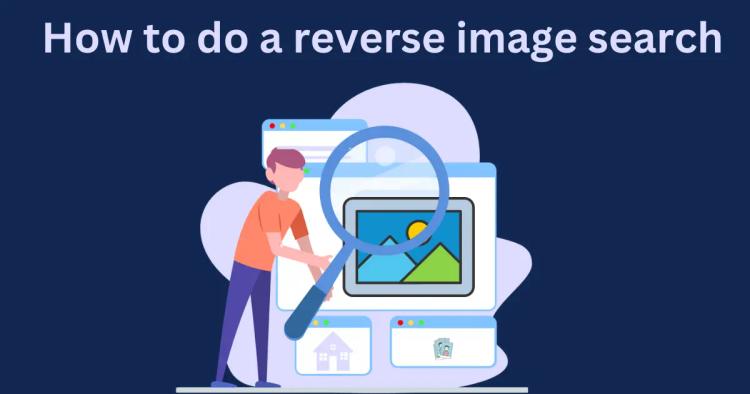How to Protect Your Photos Online and Detect Unauthorized Use
Your photos fuel your brand and income, but when others use them without permission, you lose both recognition and revenue.
How can you protect your photos online in an era of instant sharing? Images can appear on dozens of sites before you even realize it, making manual monitoring impossible.
That’s where image tracking tools come in. In just a few clicks, they scan billions of webpages for your photos, highlight unauthorized use, and give you the proof you need to take action.
What Are Image Tracking Tools?
Image tracking tools let you upload a photo or paste its URL to check where it appears across the internet. Rather than relying on keywords, these tools analyze visual elements—like color, shapes, and textures—to match your content against online databases.
You can also read 16 Effective Ways to Use Reverse Image Search.
ᴀᴅᴠᴇʀᴛɪsᴇᴍᴇɴᴛ
Why Protect Your Photos?
Whether you're a photographer, creator, business, or someone who simply shares content online, your images hold value. Protecting them helps you maintain creative control and defend your work.
Here’s what can happen when your images are reused without consent:
- Brand Integrity Loss: Unauthorized use can dilute your identity.
- Revenue Impact: You may lose out on licensing, publishing, or ad opportunities.
- Legal Risks: Copyright infringement can lead to disputes or financial consequences.
Routine monitoring lets you detect violations early and act decisively. You can also check written content with our free plagiarism checker.
How Visual Search Tools Help Safeguard Your Work
The goal isn’t just awareness—it’s action. Using a visual search tool, you can upload a JPEG, PNG, or GIF and get near-instant results.
1. Detect Uncredited Usage
Find where your photos are being used without your consent:
- Real-Time Scans: Spot unauthorized placements across websites and blogs.
- Broad Reach: Cover social media, forums, e-commerce, and more.
2. Identify License Misuse
Not all image use is equal—context matters:
- Review Use Cases: Understand how your image is being used.
- Track Violations: Gather evidence with URLs and timestamps.
3. Monitor Derivative Edits
Even modified versions of your image may break your terms:
- Spot Edits: Catch cropped, color-adjusted, or manipulated versions.
- Protect IP: Keep control over how your original work is transformed.
4. Enforce Copyright and Take Action
Once you find violations, enforcement becomes easier:
- Document Proof: Export match data to support takedown requests.
- Reach Out: Contact violators with legal proof and resolution steps.
Best Practices to Prevent Image Theft
Stay ahead of misuse by building protection into your workflow:
- Use Watermarks: Subtle overlays deter theft without ruining design.
- Retain Metadata: Keep copyright tags and EXIF data intact.
- Scan Regularly: Monthly checks help you act before misuse spreads.
- Set Up Alerts: Use extensions or tools to notify you of new matches.
ᴀᴅᴠᴇʀᴛɪsᴇᴍᴇɴᴛ
Frequently Asked Questions
How quickly can I detect new uses of my photos?
You can get results within seconds of uploading your image.
What image formats and sizes can I use?
Most tools accept JPG, PNG, GIF, and BMP files under 5MB.
Can I search for multiple photos at once?
Batch processing is available in premium or desktop apps. Online tools usually search one image at a time.
How do I understand the results?
Review the context, page title, and how your image is used—editorial, commercial, or unauthorized.
What if I find my image used without permission?
Document the case and file a takedown request or reach out with a licensing proposal.
Is my uploaded image safe?
Reputable services use encrypted uploads and delete files after processing.
Conclusion
Image tracking tools are essential for anyone who shares visuals online. By detecting uncredited use, tracking misuse, and enforcing your rights, you stay in control of your work.
Ready to scan your image and see where it appears?
Try our Reverse Image Search Tool — it’s free and requires no signup.







